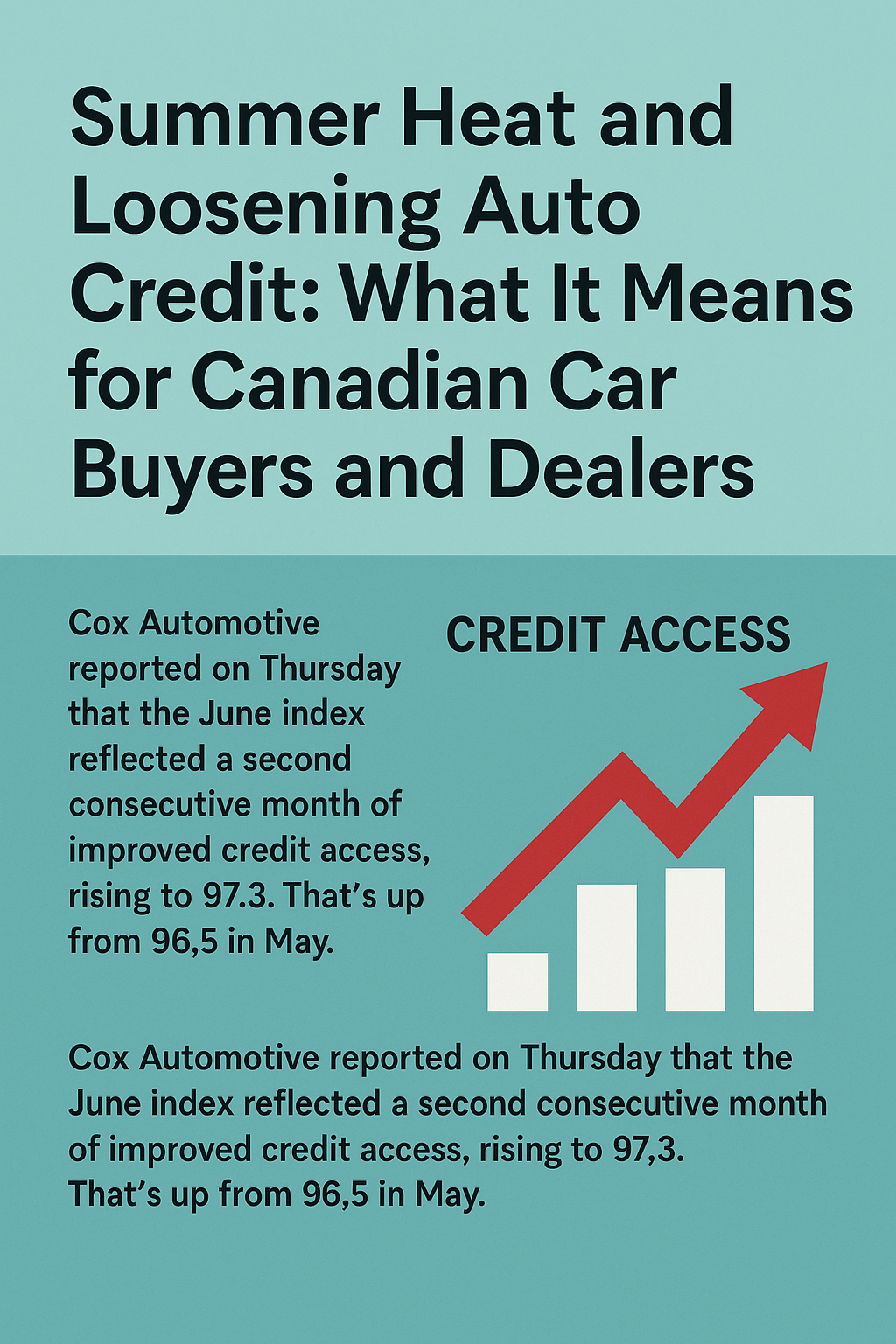In a recent update, Cox Automotive shared insights on new vehicle prices and the state of auto credit availability for October, as measured by the Dealertrack Auto Credit Availability Index.
October saw a continuation of the trend that began in summer, with improved access to auto credit. This could be beneficial for non-prime consumers looking to purchase new vehicles. However, Cox Automotive noted that, despite the improvement, credit access is still tighter compared to last year and, in some cases, even more stringent than pre-pandemic levels. The index stood at 97.8 in October, a 0.7% increase from the previous month but still 5.7% tighter year-over-year and 2.1% tighter than in February 2020.
Interestingly, approval rates declined in October, dropping by 115 basis points and marking a 1.2 percentage point decrease year-over-year. This is the lowest level since November 2020.
Additionally, Cox Automotive reported a slight increase in the average price of new vehicles in the U.S. for October to $47,936, with Kelley Blue Book revising it to $47,797. This represents a 1.4% decrease, or about $670, compared to last year when incentives were at historic lows.
Overall, year-to-date new vehicle transaction prices have declined by more than 3.5%, suggesting a buyer’s market with downward price pressure. Despite a rapid increase through spring and early summer, new vehicle incentive growth has plateaued, remaining mostly unchanged over the past three months at just under 5% of the Average Transaction Price (ATP). These incentives are higher than a year ago but still low by historical standards.
Financing remains a key factor in vehicle purchases, whether new or used. Cox Automotive’s analysis of October’s landscape indicated mixed movements in credit availability factors. Subprime share increased, yield spreads tightened, and average terms lengthened, all of which improved consumer credit access. However, a decrease in approval rates and an increase in down payment amounts were detrimental to credit access.
The average yield spread on auto financing tightened in October by 13 basis points, making rates more attractive to consumers compared to bond yields. The average auto rate rose by 16 basis points from September, while the five-year U.S. Treasury increased by 29 basis points, resulting in a narrower observed yield spread.
Notably, the subprime share rose to 11.5% from 11.1% in October, although it was down 0.5 percentage points year-over-year. The share of contracts with terms 72 months or longer increased slightly by 4 basis points but was 1.8 percentage points lower than the previous year.
The Dealertrack Auto Credit Index, baselined to January 2019, tracks shifts in approval rates, subprime share, yield spreads, and loan details including term length, negative equity, and down payments, providing insight into how credit access shifts over time.




